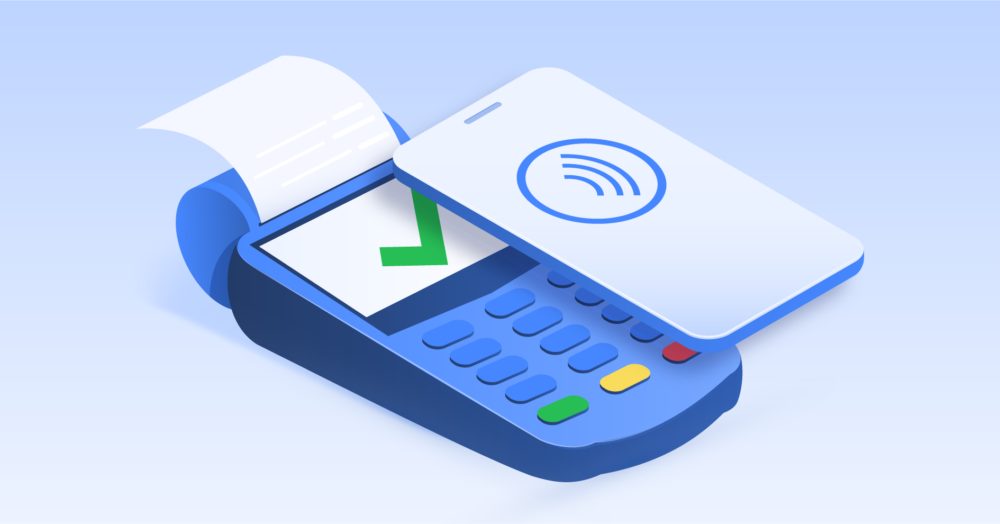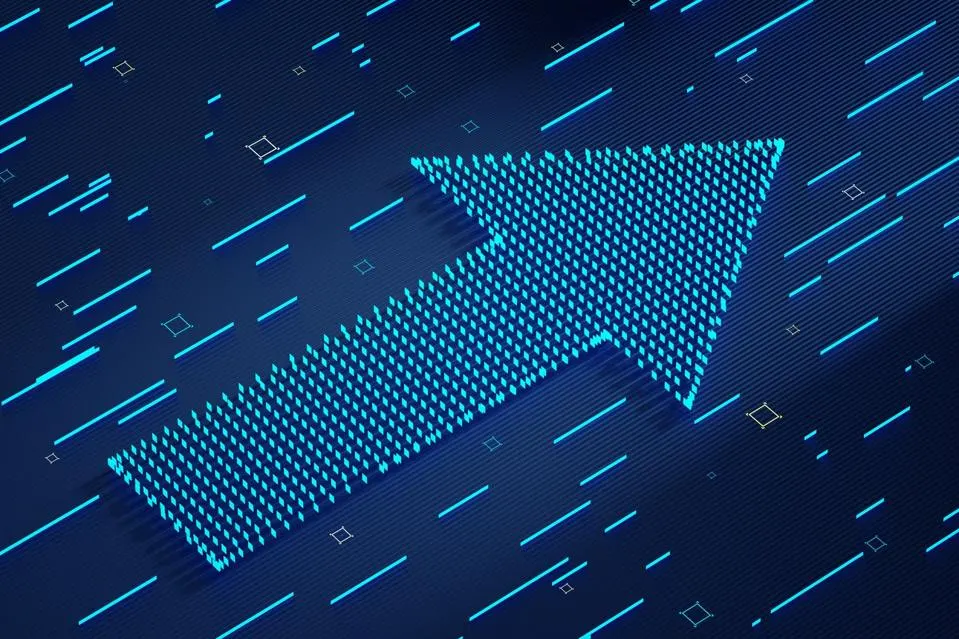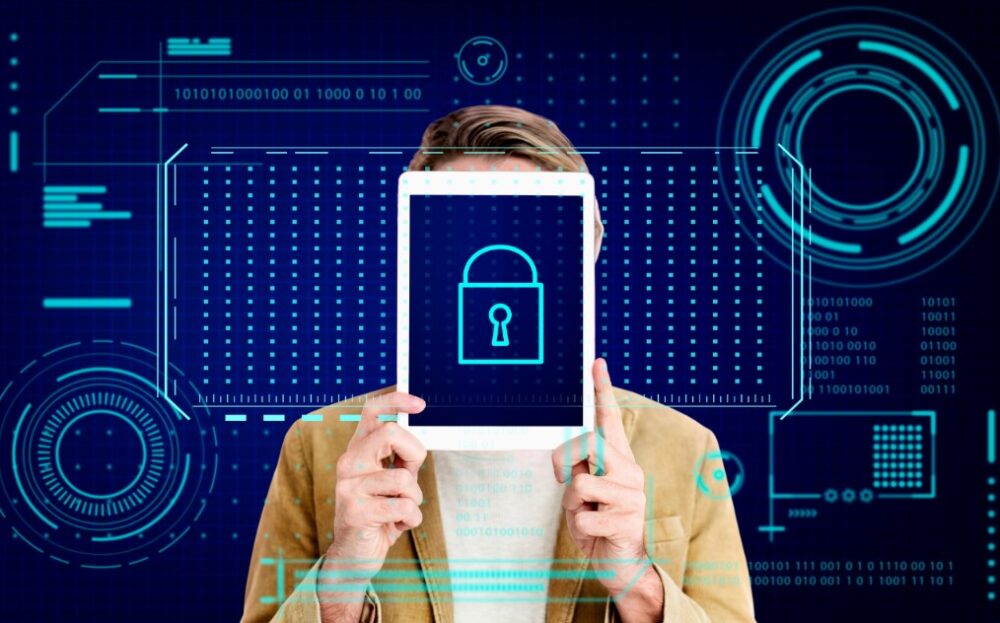When you touch or move two NFC-enabled devices within a few inches of each other, they can share data through magnetic field induction. This makes NFC a kind of wireless networking for short distances. This group includes checking a credit card, turning on a key fob, sending small files, and starting strong wireless connections. In addition, it improves and adds to the frameworks and standards already in place for using radio frequency identification tags (RFID).
What Does NFC Allow You To Do?
With NFC, you can do more with your phone’s RFID and contactless features. All modern phones now have NFC chips and programs like Apple Pay and Google Pay, so they can use the billions of RFID tags and terminals already in place.
Because NFC can store many cards on a single mobile device, it can be used for many things like payments, public transit tickets, building keys, and auto entry systems. In addition, NFC lets you use interactive apps beyond what an RFID chip can do, like automatically connecting Bluetooth headphones and Wi-Fi hotspots. It could also scan a billboard or ad and immediately show the right information or app.
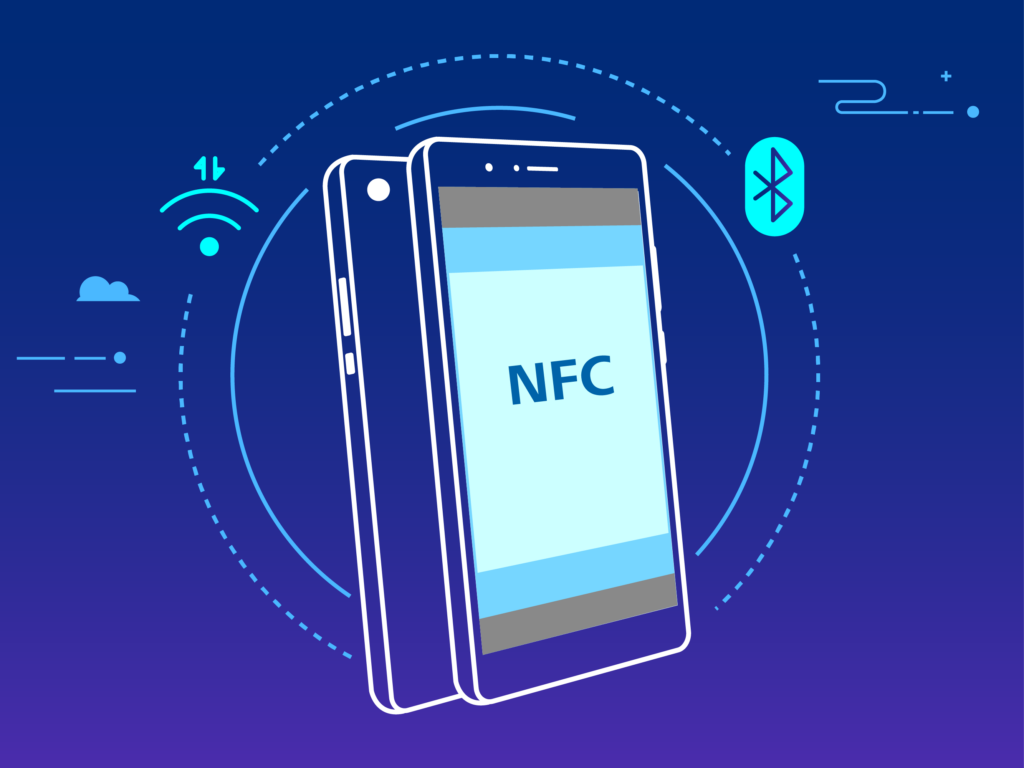
Limitations Of NFC
NFC can only be used for short-distance communication, which has big safety implications for entrances. For example, the user’s hand must be within 10 cm (3.5 inches) of an NFC terminal to make a payment or open a door. Also, the basic mechanics of getting NFC requests and responding to them use very little power. This makes it possible to put them in ID cards that don’t need batteries.
NFC Cards
Using NFC business cards instead of traditional cards is a great business option. No longer do businessmen carry around a stack of business cards. Instead, just tap your NFC-enabled device on their card, and you get all their business details at your fingertips.
You can also find NFC payment methods that, in just one tap, speed up the payment process. For example, Visa and MasterCard, two of the most well-known payment brands, have smart cards using NFC technology.

Ticket Sales And Key Cards
Smart tickets with built-in smart chips may eventually replace the old ways of buying tickets for planes, trains, and buses. In addition, near-field communication (NFC) tags could be used in smart posters, movie tickets, concert tickets, ads, flyers, and information links.
Customers can get into a restricted area or use their tickets by tapping NFC tags at the right door. If you scan the tag, you’ll get more information.
System for Automatic Locking and Unlocking These days, keyless entry systems often use near-field communications. NFC is widely used because it is useful and easy to implement. NFC and RFID tags that can be read automatically can be used to open doors and get into guarded areas. It can be used instead of a key or badge to get into a building or vehicle, and it can also be used to prove who you are.
NFC-Based Stock Management
Smart RFID tags could make it easier for stores and big supermarkets to keep track of their stock. For example, inventory management software that is smart and up-to-date can give customers real-time information about product details and stock levels, as well as make automatic purchases when supplies of a certain item are low. In addition, if sellers have an up-to-date list of popular items, they may be able to serve their customers better.
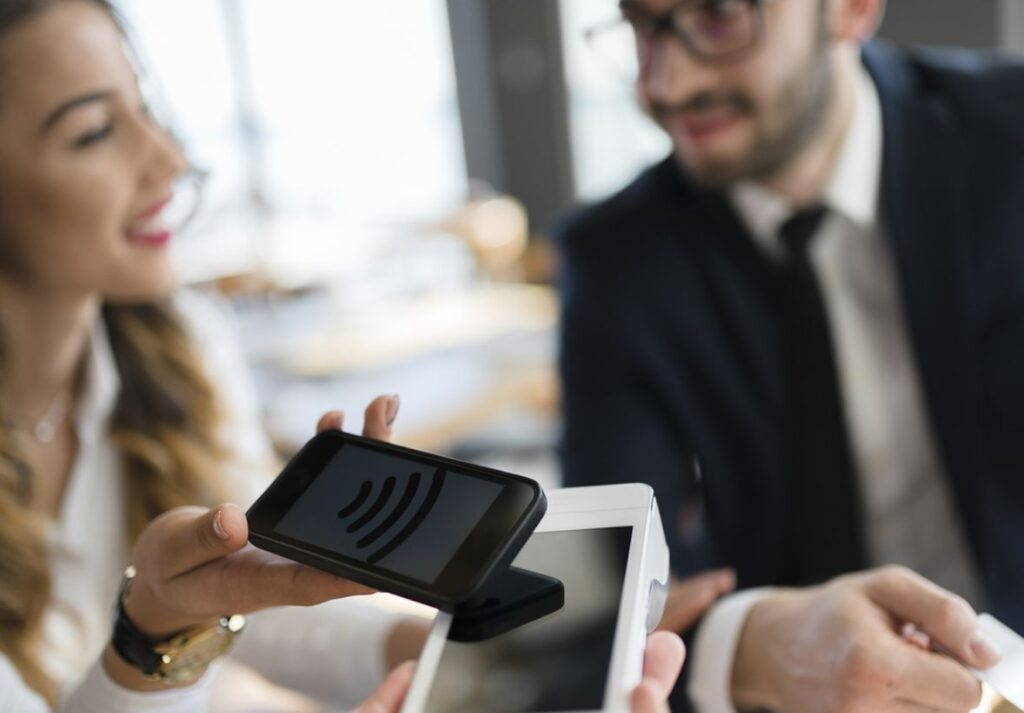
NFC E-Wallet Payment
Since the beginning of this decade, cashless payment systems that use mobile devices have become more popular, and more places now accept them. Payments can be made by touching a button or waving a credit card using an app on a smartphone.
NFC tags, which are increasingly used in smartphones, let service providers offer ways to pay on the device itself. Most people use Apple Pay, Google Wallet/Android Pay, and Samsung Pay to pay with their phones.
Health Care and Medicine
Healthcare and medicine could use the NFC integrated system. By putting NFC tags on patient files, doctors and nurses can make it easier and more accurate to give patients medicine, get paid, check their health, and keep track of their information. Devices that already have NFC built are easy to connect and set up. In addition, schedules and medical supplies are easy for doctors and nurses to get to.
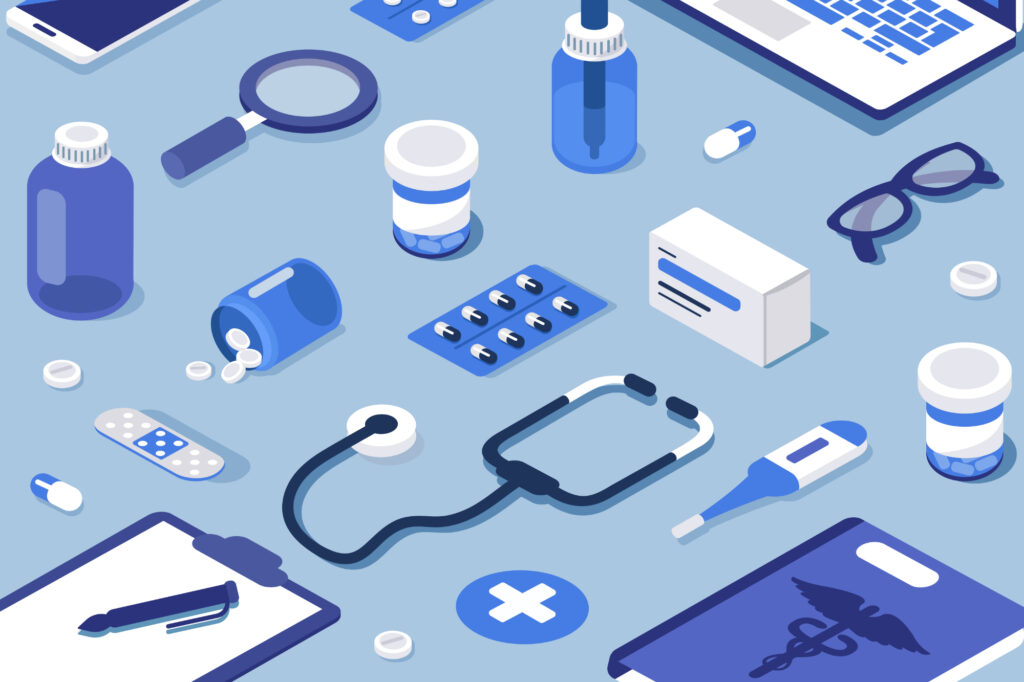
Manufacturing
Smart tags are used in modern factories to keep track of each item as it moves through the many stages of production, from the initial design to the final packaging and delivery. With a unique ID, manufacturers can keep better track of returned products that need to be replaced, fixed, or maintained under warranty.
NFC in Gaming
Gaming is another area where NFC technology has been used. Everyone knows that NFC technology is changing quickly. So, many industries, like gaming, are trying to catch up by using this new technology. Skylanders: Spyro’s Adventure was the first video game to use near-field communication (NFC) to let players change their experience. Nintendo has also added NFC to the Wii U, this time through the Gamepad.
The Three Ways NFC Transfers Data
There are currently three ways to use the NFC standard.
- The active device, your smartphone, connects to another device to read data. This is called “reader/writer mode,” a one-way data transfer. This is how NFC (near-field communication) advertising tags work.
- By switching to peer-to-peer mode, two NFC-enabled devices can share different information. Both devices must be turned off to send and receive data in this mode. Since almost everyone uses smartphones, this has become the norm.
- Card Emulation mode turns the NFC device into a smart or contactless credit card, so it can be used with apps like Google Pay and Apple Pay to make purchases and get on public transportation networks.
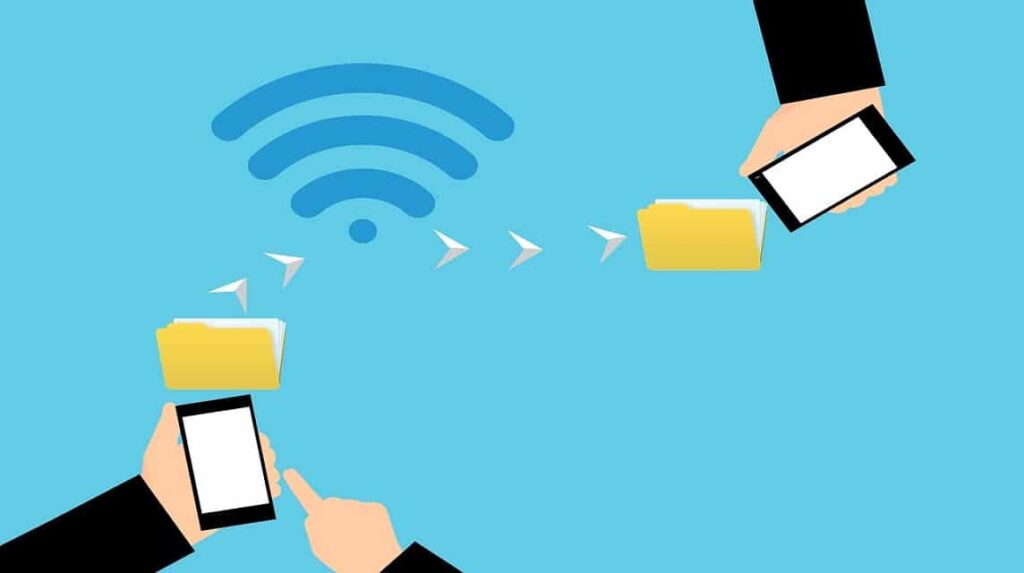
Conclusion
NFC is a great technology; that’s true and has been proven. It’s good for society and business in general and brings many good things with it. It is used in business and people’s personal lives because it makes sending data easy and safe.

